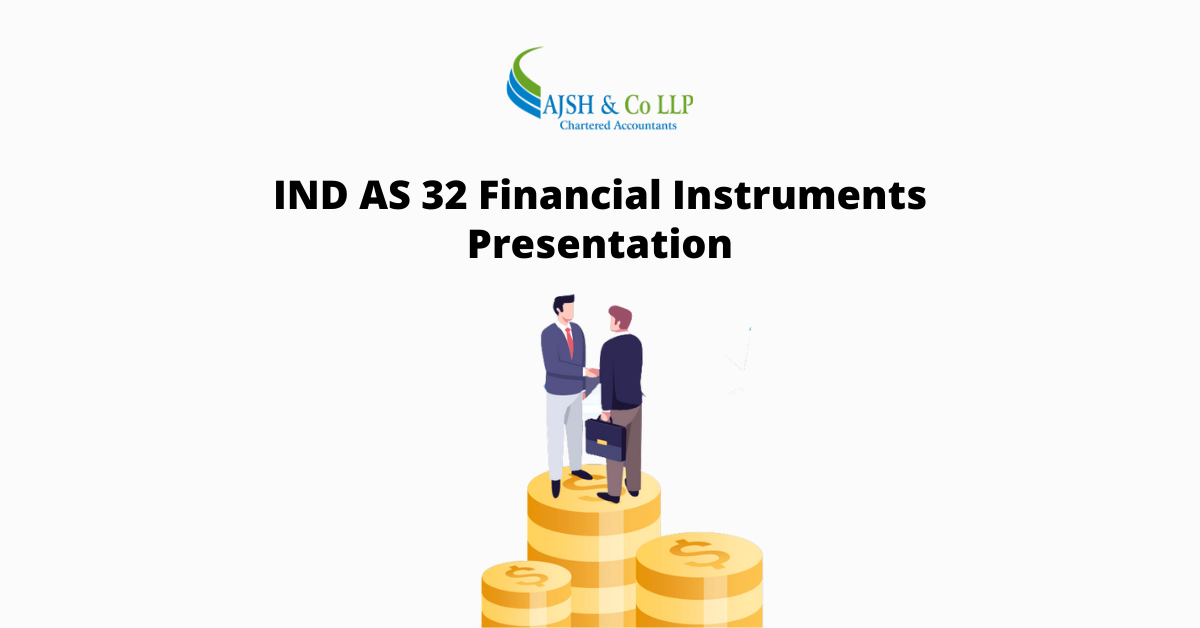
Financial instrument relates to any contract or agreement that gives rise to a financial asset of one entity and financial liability (obligation) or equity instrument of another entity. The objective of this IND AS is to establish principles for offsetting financial assets and liabilities and for furnishing financial instruments as liabilities or equity.
Scope
This Standard will be applied to all financial instruments by all entities except:
Key terms
Classification as a financial liability (FL) or equity instrument (EI)
A financial instrument will be classified as an FL or an EI agreeing to the substance of the contract, not its legal form, and the definitions of financial liability and equity instrument. Financial liability and equity instrument classification are not subsequently changed based on changed circumstances.
An instrument is an equity instrument only if the instrument includes no contractual obligation (i.e. liability) to deliver cash/bank or another financial asset to another entity. If the instrument will or may be resolved in the issuer’s equity instruments (i.e. entity own equity shares), it is either:
Contingent settlement provisions
A financial instrument may need an entity to deliver cash/ another financial asset/ settle its financial liability upon the contingent event.
Compound financial instruments
Offsetting
Offsetting a financial asset (FA) and a financial liability (FL). A FA and an FL shall be offset and the net amount presented in the balance sheet of the entity when and only when, an entity:
At AJSH, we assist our clients in bookkeeping, payroll, auditing, taxation, secretarial compliances, and presentation of financial statements ensuring compliances with applicable standards. If you have any questions or wish to know more about IND AS 32, kindly contact us.